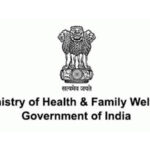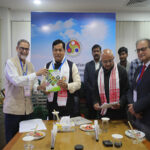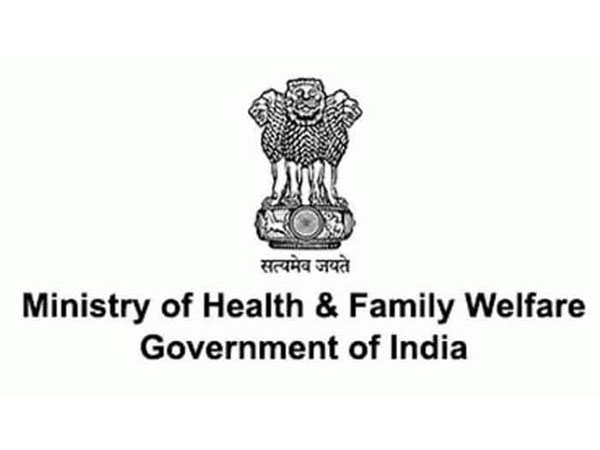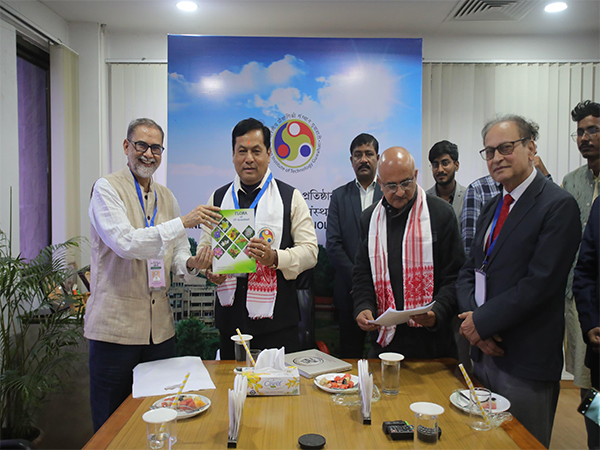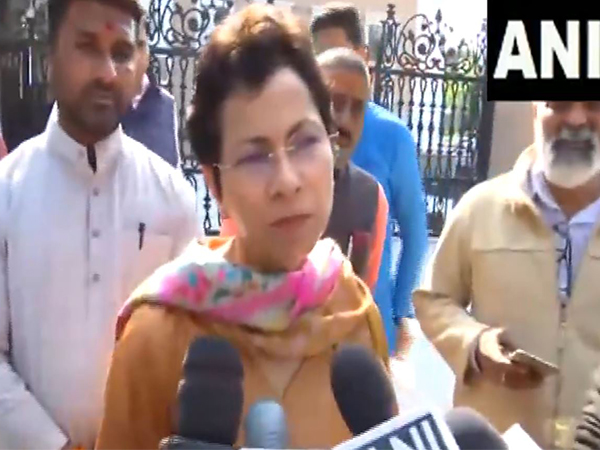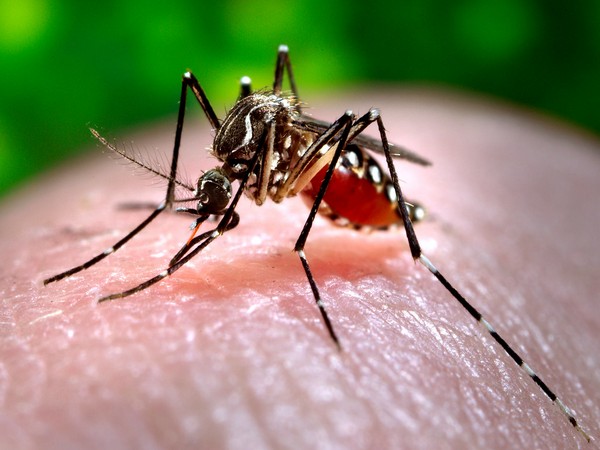
2006 Prof. Frank Hadley Collins, Dir., Cntr. for Global Health and Infectious Diseases, Univ. of Notre Dame This 2006 photograph depicted a female <i>Aedes aegypti</i> mosquito while she was in the process of acquiring a blood meal from her human host, who in this instance, was actually the biomedical photographer, James Gathany, here at the Centers for Disease Control. Youll note the feeding apparatus consisting of a sharp, orange-colored fascicle, which while not feeding, is covered in a soft, pliant sheath called the "labellum, which retracts as the sharp stylets contained within pierce the host's skin surface, as the insect obtains its blood meal. The orange color of the fascicle is due to the red color of the blood as it migrates up the thin, sharp translucent tube. The fascicle is composed of a pair of needle-sharp "stylets". The larger of the two stylets, known as the "labrum", when viewed in cross-section takes on the shape of an inverted "V", and acts as a gutter, which directs the ingested host blood towards the insect's mouth. As the primary vector responsible for the transmission of the <i>Flavivirus</i> Dengue (DF), and Dengue hemorrhagic fever (DHF), the day-biting <i>Aedes aegypti</i> mosquito prefers to feed on its human hosts. <i>Ae. aegypti</i> also plays a major role as a vector for another <i>Flavivirus</i>, "Yellow fever". Frequently found in its tropical environs, the white banded markings on the tarsal segments of its jointed legs, though distinguishing it as <i>Ae. aegypti</i>, are similar to some other mosquito species. Also note the lyre-shaped, silvery-white markings on its thoracic region as well, which is also a determining morphologic identifying characteristic.<p>This females abdomen had become distended due to the blood meal she was ingesting, imparting the red coloration to her translucent abdominal exoskeleton.
New Delhi [India], October 26 (ANI): Delhi hospitals are witnessing a surge in Dengue cases as the number of patients from the national capital and nearby areas, especially Uttar Pradesh, continue to go up. “A lot of younger patients are coming with dengue fever and dengue hemorrhagic fever and a lot of them are unaware of the fact that they have dengue before. Once their IGG levels are being checked it gets revealed,” said Dr Pooja Khosla, Senior Consultant in Department of medicine Sir Ganga Ram Hospital. “We are also getting lots of cases from outside Delhi, especially Uttar Pradesh,” she added.
As many as 1,006 dengue cases have been reported along with 154 cases of malaria and 73 cases of chikungunya in the national capital, as per the data released by South Delhi Municipal Corporation (SDMC). Normally, an increase in Dengue cases is witnessed at this time of the year, further informed Dr Khosla.
“Dengue is a seasonal disease and post-rain it gets a hike, drop-in cases starts generally starts post-Diwali…What we are seeing is general dengue behaviour. Last time it was definitely less but this cycle is not unusual compared to the years when it was an epidemic. But we all have to be very careful,” Dr Khosla said. This first death due to the vector-borne disease was reported in Delhi in September.
Dengue virus (DENV) causes fever and hemorrhagic symptoms. DENV-2 is associated with more severe diseases.
Dengue infections are caused by four closely related viruses named DEN-1, DEN-2, DEN-3, and DEN-4. These four viruses are called serotypes because each has different interactions with the antibodies in the human blood serum. The four DENV serotypes mean that it is possible to be infected four times. Dengue season begins post-monsoon and stays till the onset of winter. (ANI)





